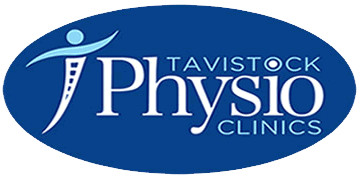What should I expect on my first visit?
On your first visit to Tavistock or Lamerton Physiotherapy Clinics, you will be asked to fill out a short form detailing any relevant health issues. Your Physiotherapist will then call you into a treatment room and continue to ask you some further questions whilst filling out a computerised assessment form.
The Physiotherapist will then assess your posture and analyse the movement of the problem area of your body. Occasionally, you will be asked to remove an item of clothing to allow the Physiotherapist to analyse your movement or to palpate your problem area. You are welcome to bring anyone you wish to accompany you.
Your assessment will also involve some treatment, which may include joint manipulation, mobilisation, soft tissue or myofascial massage, acupuncture, electrotherapy (ultrasound) plus advice re the best way to care for your specific problem area. You will be given a home programme of exercises to help you manage and improve your pain and movement patterns.
The initial assessment will take approximately one hour, subsequent treatment sessions usually take up to 30 minutes. However, if your problem is complicated, you may require an hour on subsequent sessions too.
You may wish to bring a pair of shorts or a vest top, if appropriate for the area to be treated.

